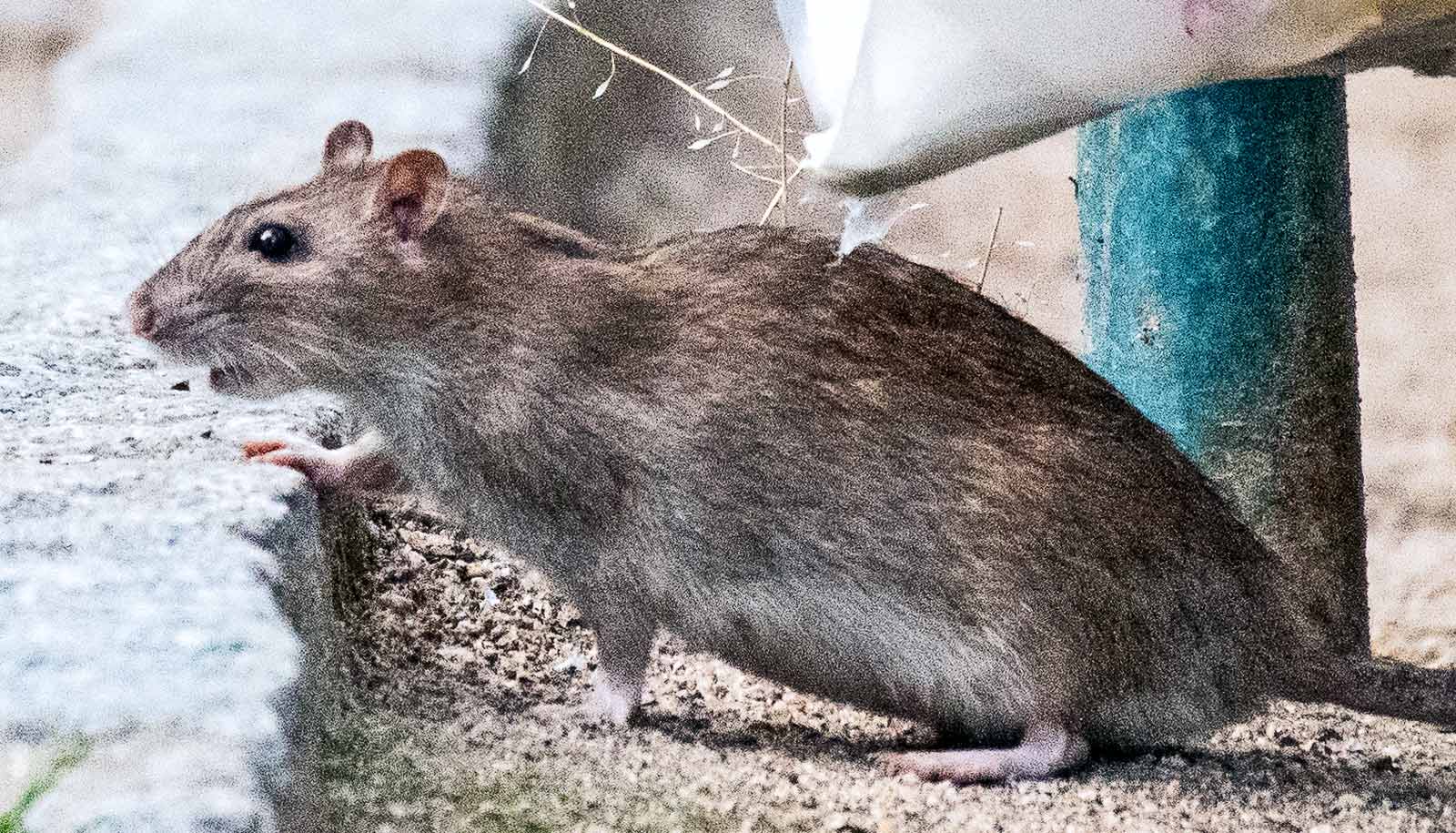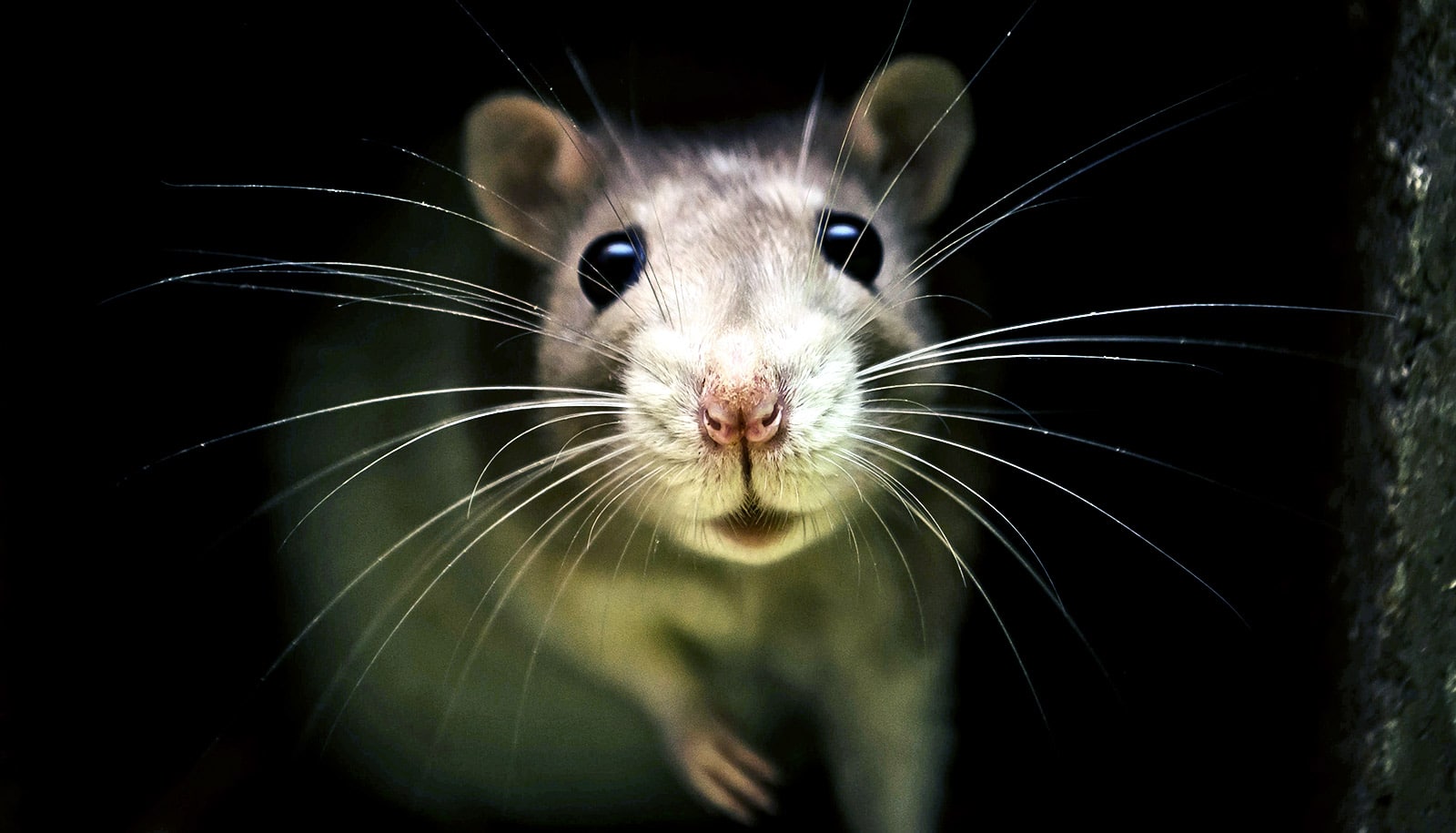A substance typically extracted from a rare Chinese plant may offer an effective and environmentally friendly way to control rats on a large scale, according to a new study.
And because the product impedes the ability of rats to reproduce instead of killing them, it is humane.
Rats thrive wherever there are humans. They have colonized every continent except Antarctica. Destruction and disease comes in their wake. Yet our fight against them has proven both ineffective—partly due to resistance—and dangerous to ecosystems.
“I joke a bit about this being a ‘woke’ product. It is sustainable, ethical to animals, and even strong on gender equality, as male rats are also targeted by this contraception. They become infertile for about a month after consuming it, which causes rat populations to drop dramatically,” says Johan Andersen-Ranberg of the plant and environmental sciences department at the University of Copenhagen and a founder of TripBIO, a spinout company involved in the substance’s development.
Rats are lured to a sweet and sticky liquid from a feeder developed by SenesTech, an American company. Among the sweet rat treat’s active ingredients is triptolide, a substance that makes the liquid a kind of contraceptive stew for male and female rats alike.
The substance is derived from Tripterygium wilfordii, also known as Thunder god vine, a rare Chinese vine plant that is harvested in the mountains by local gatherers. According to Andersen-Ranberg, in addition to being difficult to find and unstable in delivery, the plant also produces very little of the active substance. So little, that its value by weight is fifteen times more than gold.
As reported in Nature Communications, the researchers have found the enzymes and genes in the plant responsible for the substance, decoded the relevant DNA, and encoded it in the genetic material of a yeast. By doing so, they can ferment and produce the substance in a much faster, more stable, and, not least, cheaper way.
Dangerous rats, dangerous remedies
Extremely potent poisons are now used for rat control. But rats are cunning critters. If a poison encountered by a rat is not strong enough to kill it, the rodent will quickly find out how to avoid human traps. Furthermore, in Denmark among other places, many rats have developed resistance to milder poison variants.
The powerful poisons damage ecosystems and degrade very slowly, often taking a year before their effect is halved. During this time, birds and any scavengers that eat the rats can also receive lethal doses and carry the poison with them into the wild.
The authorities are aware of these “extremely toxic” current remedies, as the Danish Environmental Protection Agency refers to them, but allow them for a lack of alternatives and because the danger posed by rats is considered to be greater.
While nearly seven hundred years have passed since the Black Death here in Europe, as carriers of disease, rats are still considered a threat to public health. Elsewhere in the world, the problem is much greater. They are also responsible for significant economic damage. Their burrowing can damage sewer lines and even cause a home’s foundation to shift, making them a source of expensive to repair damages.
Environmental, ethical solution
The yeast developed by the researchers can be scaled to produce enough triptolide that even a problem as global and pervasive as rat control can realistically be solved with TriptoBIO as a supplier of this valuable substance.
“With our research and the yeast, we’ve now developed, we can ensure supply and get the price of triptolide down to a level where it is realistic for this environmentally friendly and ethical alternative to existing rat control to be widely used, Andersen-Ranberg says. “We are starting in the US, but are optimistic about getting the rest of the world on board.
“Initially, we will probably only make a few kilos of the substance. But when rat control using our substance grows as large as demand leaves us to believe that it will, we will be producing it by the ton. And we’ll be ready. On top of that, there are plenty of other perspectives for this substance. A number of other projects are also under development in which triptolide is a necessary ingredient. Fortunately, we can easily scale up.”
Source: Kristian Bjørn-Hansen for University of Copenhagen

